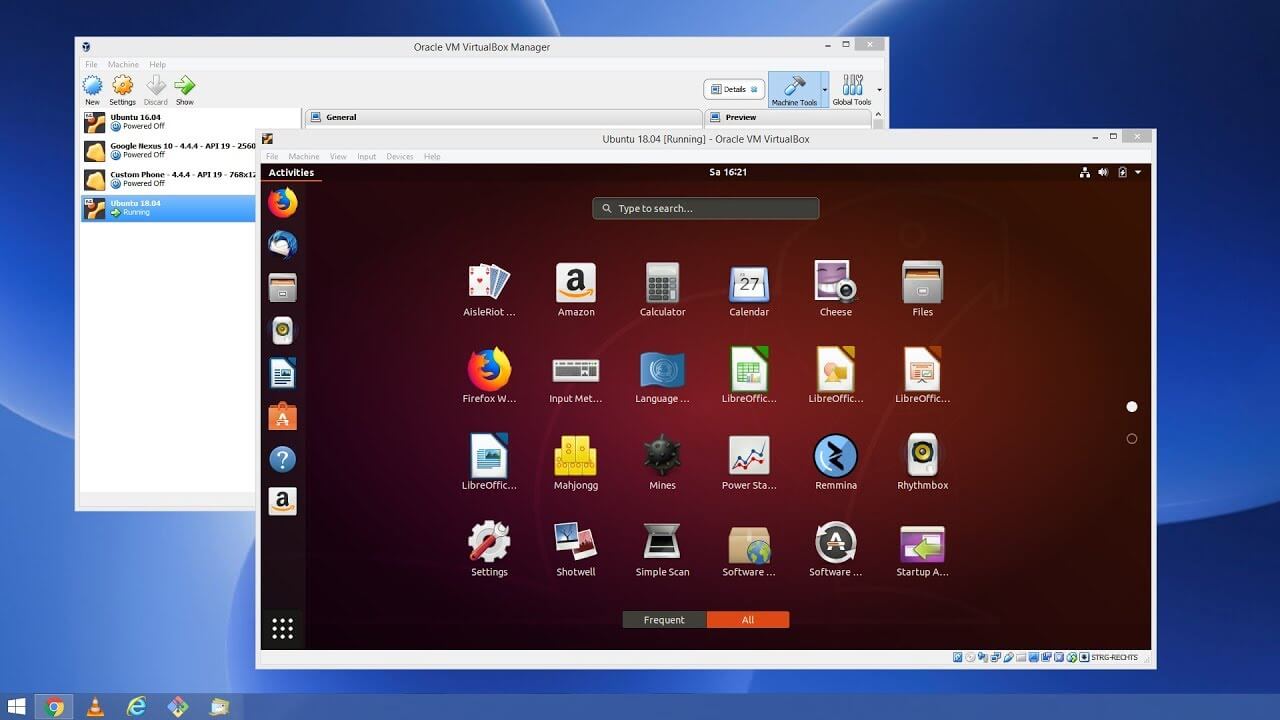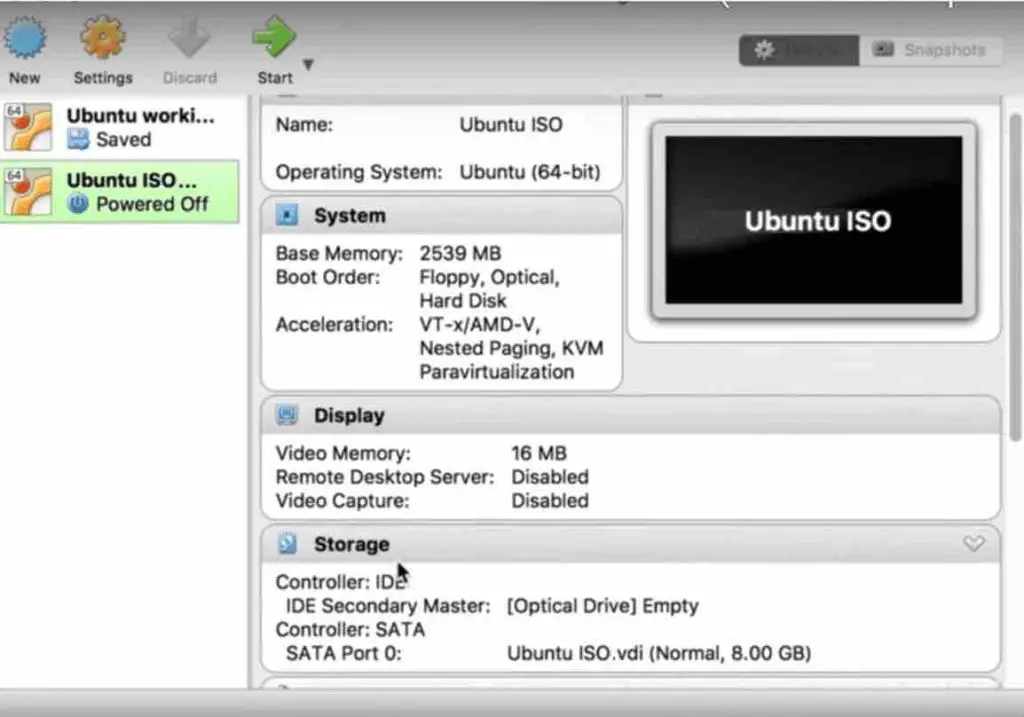
- HOW TO INSTALL UBUNTU ON A MAC USING NETBOOT HOW TO
- HOW TO INSTALL UBUNTU ON A MAC USING NETBOOT INSTALL
- HOW TO INSTALL UBUNTU ON A MAC USING NETBOOT MAC
The official Ubuntu documentation talks about this very briefly with not much clear instructions on how this can be performed. Now we can also perform automated installation of Ubuntu 20.04 or older version using Kickstart but it is not completely supported. If you are coming from Red Hat or CentOS background then you are most likely familiar with using Kickstart for automated installation.
HOW TO INSTALL UBUNTU ON A MAC USING NETBOOT INSTALL
Why not using kickstart to perform automated install in Ubuntu? In this tutorial I will share step by step instructions to setu PXE boot server using cloud-init on Ubuntu 20.04. Troubleshooting autoinstaller related issues.Step-10: Verify target node connectivity.Step-9: Perform PXE Boot using cloud-init.Step-5: Create Boot Menu for automated installation.Step-3: Install and Configure TFTP Server.Step-2: Prepare cloud-init autoinstall file.Step-1: Install and Configure Apache Server.Steps to configure PXE Boot Server using cloud-init on Ubuntu 20.04.Brief steps involved to configure PXE Boot Server with cloud-init.What is cloud-init or auto-install in Ubuntu?.Why not using kickstart to perform automated install in Ubuntu?.This entry will set up dynamic addresses: You’ll need to insert lines to the file to configure assigned addresses. Without this line, the client will hang on trying to load the pxe config file. Make sure to include this line at the top: Then configure DHCP service on your server with: You’ll want to put your server’s IP address in and your desired location of the workstation’s OS.įirst, deactivate any DHCP service on your router or other server. (You’ll need to name the files like this or by IP address in hex if you’re setting up more than one diskless workstation.) Here’s an example:ĪPPEND root=/dev/nfs initrd= nfsroot=192.168.1.4:/mnt/hda5/yuki ip=dhcp rw
HOW TO INSTALL UBUNTU ON A MAC USING NETBOOT MAC
If you know the workstation’s MAC address, name the file 01-aa-bb-cc-dd-ee-ff where aabbccddeeff is the MAC address. After creating this image, you may change the BOOT line back to local.Ĭreate a PXE config file /tftpboot/pxelinux.cfg/default. When editing nf, you want to change the BOOT line from « BOOT=local » to « BOOT=nfs ». Tftp dgram udp wait nobody /usr/sbin/tcpd /usr/sbin/in.tft pd /tftpbootĬp nf
.jpg)
Make sure the line starting with « tftp » ends with « /tftpboot ». Replace vmlinuz-2.6.16-1-486 with the kernel you’re using.Ĭonfigure the tftp service to provide access to /tftpboot by editing /etc/nf. I installed them in the process of trying to get stuff to work.Ĭreate the /tftpboot and start populating it with something like:Ĭp /usr/lib/syslinux/pxelinux.0 /tftpboot/ I’m not sure if pxe and atftpd need to be installed they weren’t in the Ubuntu How-To this is based on. Install the following packages on the server: You’ll want to change these numbers for your own server and router. This how-to assumes the client and server are already set up with Debian Etch, with the client set up on a single root partition.
HOW TO INSTALL UBUNTU ON A MAC USING NETBOOT HOW TO
In any case, this is how I figured out how to do it.

When I tried using the above how-to with Debian Etch, there were a number of things which didn’t work, and there were a number of things which weren’t explained. This how-to is based on the following Ubuntu how-to:

How-To to make a diskless Debian Etch workstation


 0 kommentar(er)
0 kommentar(er)
